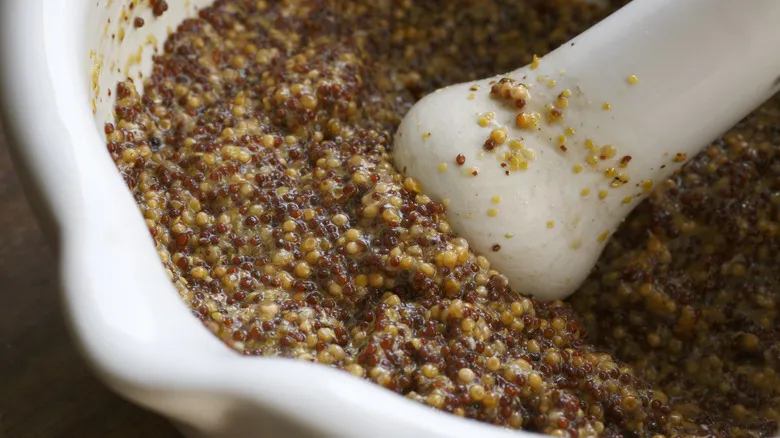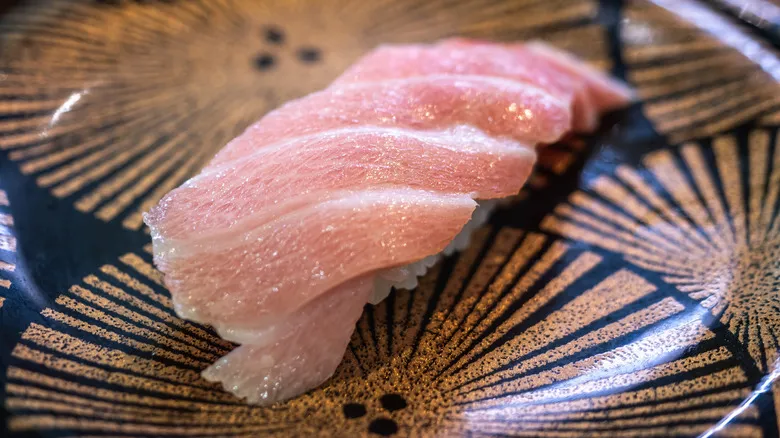How the Romans made and used honey mustard

An ancient honey mustard recipe can be traced back to a 4th-century Roman agronomist named Palladius, who developed numerous recipes for the common people. His version features a base of white mustard seeds, which are ground using a mortar and pestle. Olive oil, honey, and white wine vinegar are then added to create a thick sauce. You might notice the absence of salt—while most contemporary mustards include this ingredient, it was more costly and harder to obtain during Palladius' time.
This is just one example, and as you can see, it closely resembles modern mustard. Some historical mustards were likely made with grape must or grape juice, as the term "mustard" originates from the Latin phrase "mustum ardens," meaning "burning must." The term "burning" refers to the sharpness of the seeds when their cells are ruptured and combined with liquid.
Today, honey mustard is commonly used to glaze meats and as a tangy-sweet dressing or dip. Although the ancient Romans may not have enjoyed honey mustard pretzel bites, their use of this condiment was not so different from our own. Like many modern cultures, particularly the Germans and French, they utilized prepared mustard as a marinade and sauce for meats. Wild game such as venison, hare, and boar were often cooked with dressings that included mustard, honey, and vinegar, while pig and goat were also complemented by this style of sauce.
Recommended

The Symbolism Behind The Greek Christmas Eve Bread Christopsomo

Why Is Otoro Tuna So Expensive?

Why McDonald's Vegan Burger Failed In America

Why Anthony Bourdain's 'Grandma Rule' Is Genius For Trying Food When Traveling
Next up

